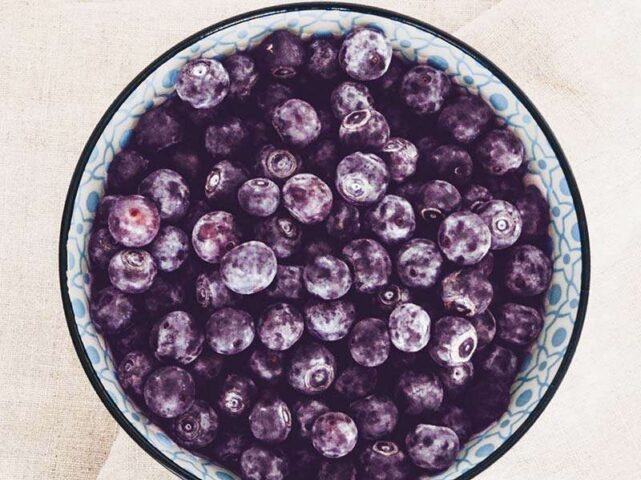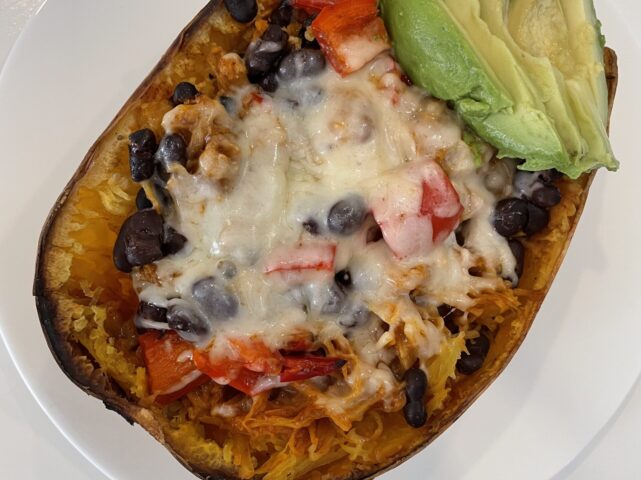A Drug-Free Approach to Managing Diabetes with Mindfulness

by Laura Cipullo, RD, CDE, CEDRD, CDN, Whole Nutrition Services
Testing your blood sugar. Seeing the doctor. Getting exercise. Planning your meals. Taking oral medication. Using insulin. If you have diabetes, you’re probably already familiar with the steps needed to keep you healthy. But have you ever considered mindfulness?
As I discuss in Everyday Diabetes Meals: Cooking for One or Two, mindfulness has a unique effect in helping to manage diabetes. It will not replace the tools your doctor has already given you, but you can think of it as another valuable tool in your toolbox. There’s really nothing to lose by trying — mindfulness is free, and can be done just about anywhere.
Science shows you can help keep your blood sugar in a normal range using mindfulness. For instance, participants in a Mind-STRIDE study had a significant lowering of A1C levels from an 8.3 average to 7.3, and folks using Jon Kabat Zinn’s MBSR program had improved glycemia even without a change of weight. Those who took part in Zinn’s program underwent 2.5-hour sessions each week for 8 weeks, plus a one-day retreat that involved learning about mindfulness, meditation and hatha yoga. Brown University study participants who had high scores on the Mindfulness Awareness Scale had a 35% lower chance of having a glucose level under 100mg/dL. Mindfulness training lowered fasting blood sugar levels better than health classes, in a Penn University study. Mindfulness is even showing interesting potential as a diabetes prevention method — those who practice mindfulness are 20% less likely to get diabetes, according to Brown.
In addition to the physical issues associated with diabetes, it can take a toll on mental health. A quarter of those with diabetes become depressed, and this population also has a higher risk of anxiety. Mindfulness may help diabetes-related stress by decreasing counterregulatory hormones. “We definitely know that anxiety and depression can be significant barriers to effectively managing diabetes,” says Dr. Andy Keen, health psychologist at the University of Aberdeen and NHS Grampian, “and by alleviating these we can give people the opportunity to invest more time and energy into looking after themselves if they want to do that.”
So how do you do it? Mindfulness may be done while eating, cooking, walking, sitting. It is highly adaptable to many activities, making it super convenient. In Everyday Diabetes, I lay out my 4-step plan for incorporating mindfulness in your life.
Breathe
Breathe deeply prior to and following meals. Take five deep breaths. Focus all of your attention on your breath. As you inhale slowly, make sure you are filling up your stomach, ribs and chest. Then exhale through the nose, letting the air go first from the chest, then ribs, then stomach. You should be stretching the exhale with the image of stretching taffy in your mind and constricting the back part of the throat. Continue for five times.
Test your Blood Sugar
Make note of your blood sugar and whatever food you are planning to eat, in addition to thoughts, feelings or behaviors you’re having. Place the focus back on your breathing.
Eat in a Mindful Way
This means eating with all the senses. Look at your food before you even take it to your mouth. What is the color? The smell? The sound? Finally, put it to your mouth and taste. Document the experience. How do you chew? What effect is eating this having on your heart rate? Do this for five bites and then continue with your meal quietly or with socializing. Ask yourself one-third and two-thirds through the meal if you have had enough. This may be a unique, new concept for you. So many of us eat without ever considering whether we are eating to satisfy a hunger. Be in tune with the sensation the meal is producing in your belly. Are you full? Are you psychologically satisfied? Write down all observations.
Test your Blood Sugar Again and Treat Naturally
Check your blood sugar two hours after. Write down not only the measurement but how energized you feel. This can help you plan for the future, as you figure out which foods help you manage blood sugar and feeling full. Blood sugar too high? Try a walk. Drink water. And do meditation.
I include much more about mindfulness and meditation in my book. I hope you will use this as a jumping-off point to better managing your diabetes and engaging more deeply in self-care. If you live near the Closter, NJ area, I also encourage you to take a yoga or mindful class with me or my staff.







